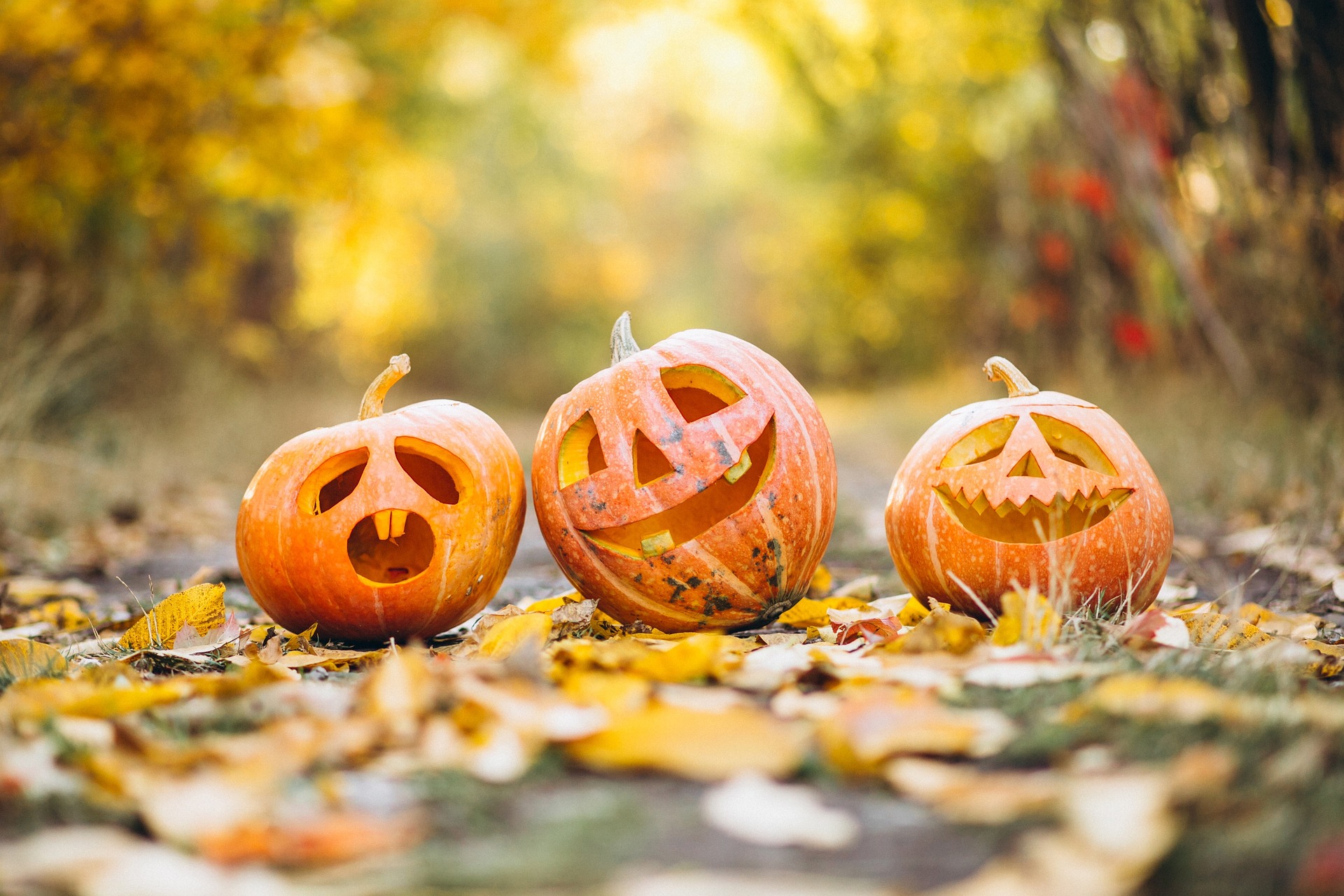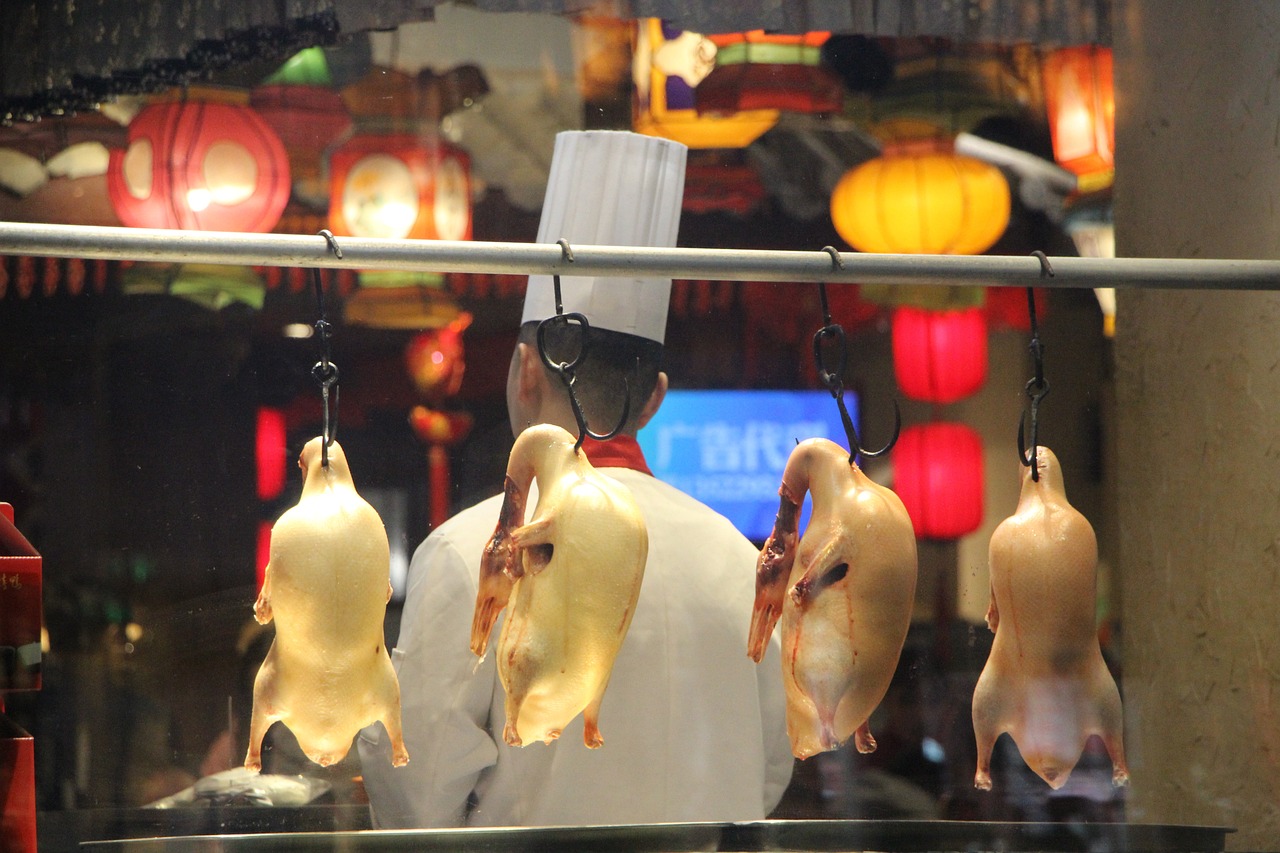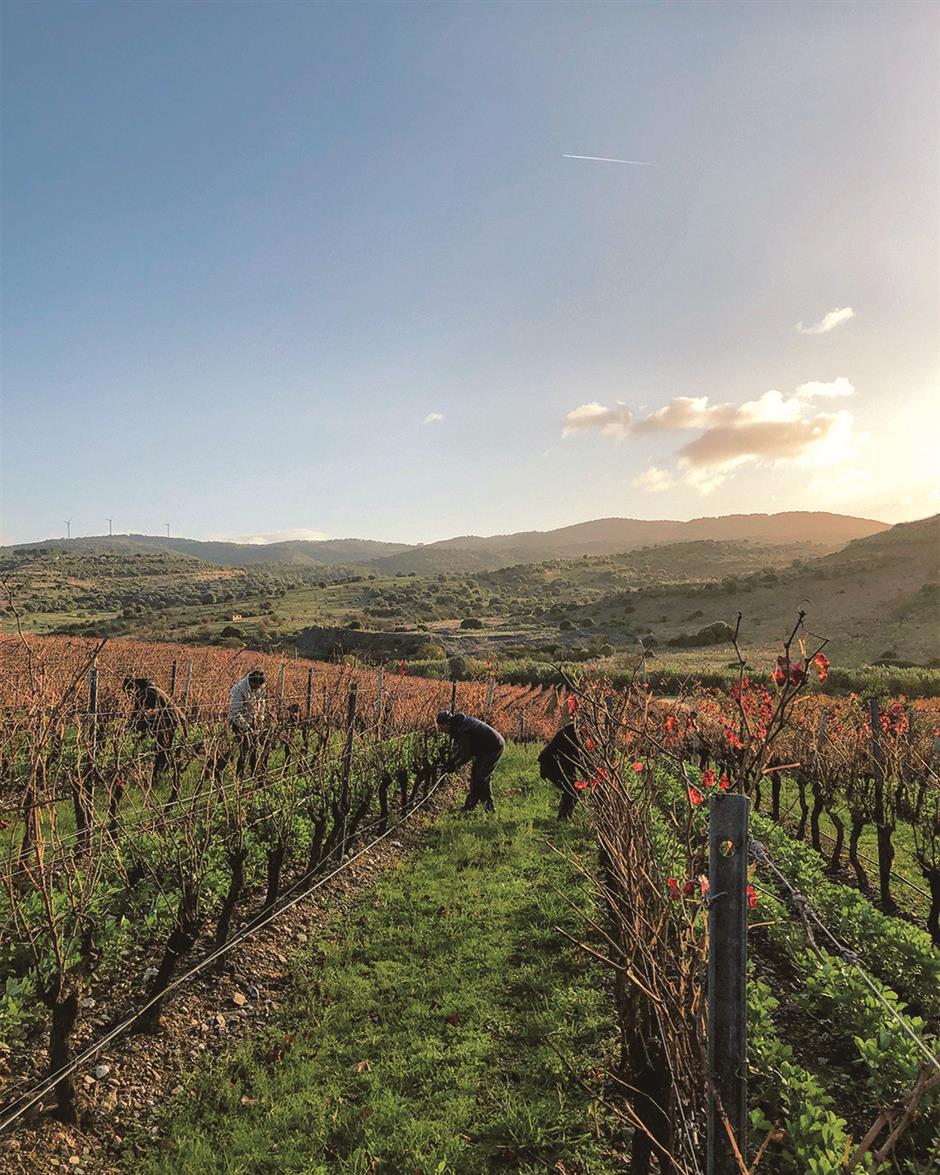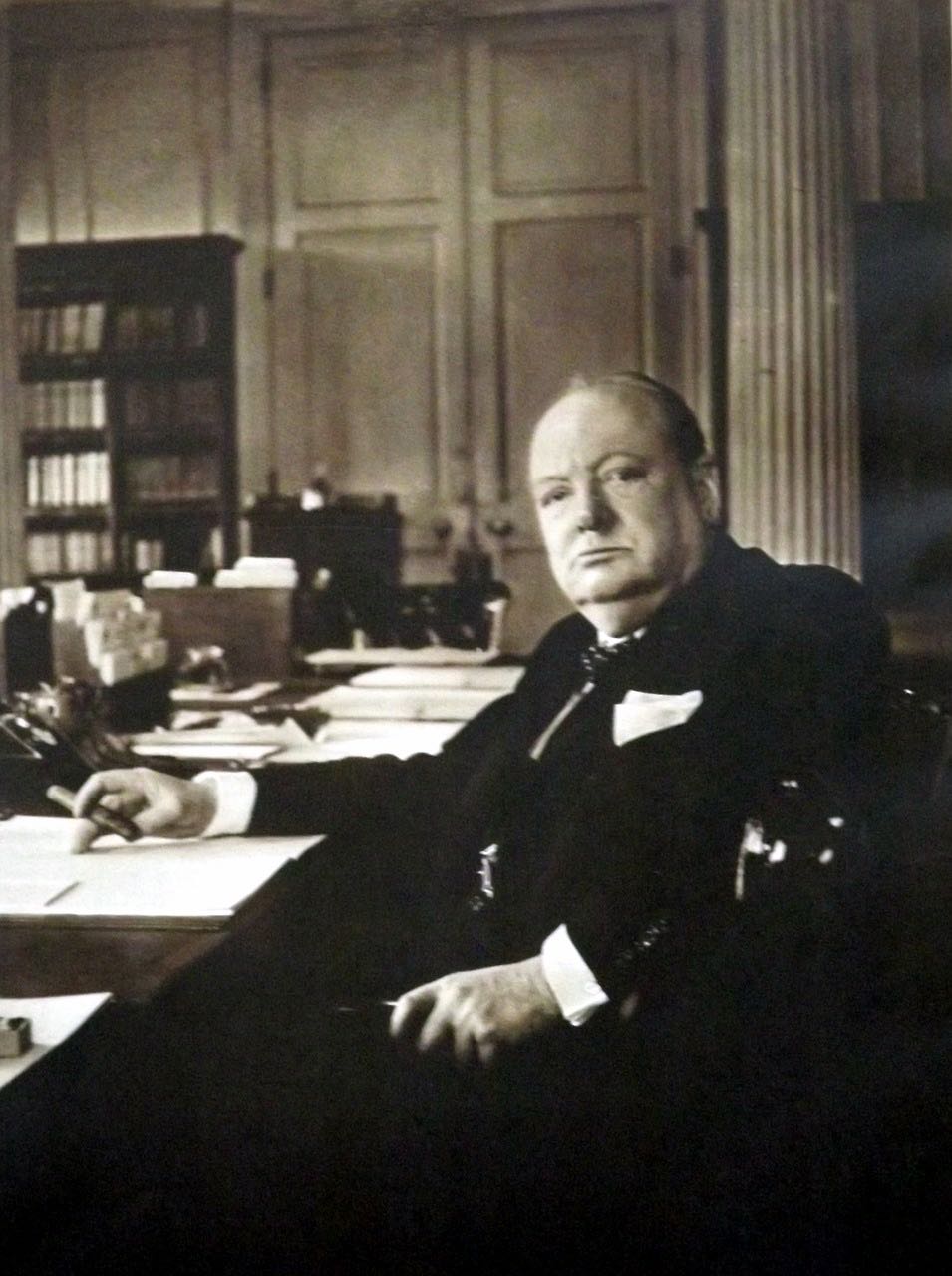Memories of Halloween are among the happiest of all childhood memories. Dressing up in outlandish costumes and roaming the neighborhood shouting “trick or treat” while collecting great quantities of candy. The modern Halloween celebration is more focused on children but this wasn’t always the case. In fact, the history of Halloween is filled with scary and often out-of-control celebrations.

Ancient origins
The origins of Halloween are believed to date back to the ancient Celtic festival of Samhain. Two millennium ago Celtic tribes lived in what is now Ireland, the United Kingdom and northern France. On November 1st they celebrated their new year and the harvest. This celebration also marked the end of summer and the beginning of the dark, cold and dangerous winter. The Celts believed that the boundary between the worlds of the living and the dead became blurred on the evening of October 31. During the evening of the Samhain festival the ghosts of the dead returned to earth. These were hardly benign spirits and they often damaged crops and played dastardly tricks on humans.
The Celts made huge bonfires around which people gathered to burn crops and slaughter animals as sacrifices to the numerous Celtic deities. During the bonfire ceremonies the Celts adorned themselves with animal heads, bones and skins and other spooky attire. The fires where built not only to pay respect to the gods but also to protect the Celts from the ghosts of the dead roaming the earth that evening. These rather lively and bloody affairs were also driven by ample amounts of primitive wines and brews.
By 43 A.D. the Roman Empire had conquered and subjugated most of the Celtic tribes and gradually the traditions and festivals of the Romans were combined with Samhain. One influence was the Roman holiday of Feralia when the Romans paid respect to the dead. Another tradition that was merged with Samhain was the celebration of Pomona, the Roman goddess of fruit and trees. Pomona’ symbol is the apple and this is probably where the Halloween tradition of “bobbing” for apples originated.
In 1000 A.D. the Catholic church proclaimed November 2 as All Souls’ Day, a day to honor and pay respect to the dead. This proclamation was an attempt by the church to replace the Celtic festival of the dead with a related church-sanctioned holiday. The celebration of All Souls Day was remarkably similar to Samhain, with big bonfires, parades, and costumes featuring saints, angels and devils. Gradually the All Saints Day celebration was also referred to as All-hallows or All-hallowmas that came from Middle English Alholowmesse meaning All Saints’ Day. The traditional night of Samhain in the Celtic religion continued to be celebrated and eventually in the modern English language became known as Halloween.
Spooky wines
Halloween with its scary roots is most appropriately celebrated with equally spooky wines. The range of Casillero del Diablo wines from the Chilean producer Concha y Toro are perfect for Halloween celebrations because Diablo means devil in Spanish and the bottles actually have a rather spooky depiction of the devil. The name Casillero del Diablo refers an event in the 1800s when Don Melchor, founder of Concha y Toro, discovered that his employees were pilfering his wines. In response, he spread a rumor that the cellar where his wines were stored was the cellar of the devil and inhabited by ghosts. The scary tale allegedly worked and there’s still a gold devil’s head on the label of all Casillero del Diablo wines to commemorate Don’s clever trickery. The Casillero del Diablo line of wines includes popular white and red varieties and they offer a quality drinking experience at reasonable costs.
Another rather gruesomely named wine is the Hungarian red wine called Egri Bikaver which in Hungarian means bull’s blood. In 1552, the town of Eger in Hungary was an outpost in the Christian world resisting the invading Turks. The 2,000 Hungarian troops led by Captain Istvan Dobo were heavily outnumbered by the 150,000 Turkish soldiers. During the siege, the citizens of Eger opened their wine cellars and the Hungarian soldiers drank copious amounts of red wine to give them the strength and courage to fight off the Turks. Wine etiquette was not a priority and the wine liberally spilled over the soldier’s beards and onto their armor coloring them a dark blood red. Word spread that the Hungarians were drinking the blood of bulls to make themselves strong and fierce. Upon seeing the blood soaked, actually wine soaked, soldiers the superstitious Turks quickly became demoralized and the siege was broken.
Egri Bikaver or Bull’s Blood red wines from Hungary not only have a great story but they are also serious wines. The better examples are robust, full-bodied red wines with deep dark fruit and berry flavors with some intriguing exotic spiciness in the finish. Bull’s Blood is made from at least three varieties with the most important grapes being the spicy Kadarka and the acidic Kékfrankos. Also used in many Bull’s Blood blends are the Menoir and Kekoporto grapes as well as the popular international varieties Cabernet Sauvignon, Cabernet Franc, Merlot and sometimes Syrah and Pinot Noir. The best Bull’s Blood wines usually have a high percentage of Kadarka.
Whether savorying Casillero del Diablo devil wines or Bull’s Blood wines, one fun way to experience wines on Halloween night it to spray paint empty bottles black and put black candles in them. Enjoying these spooking wines by black candle light may well hearken you back to the days long ago when spirits were far more real and scary than today. Happy Halloween!





